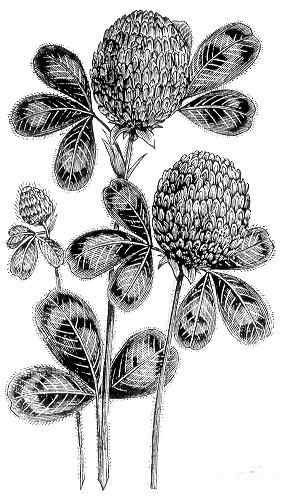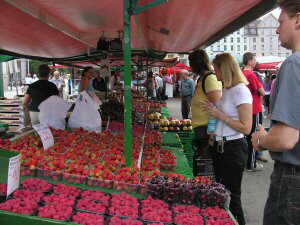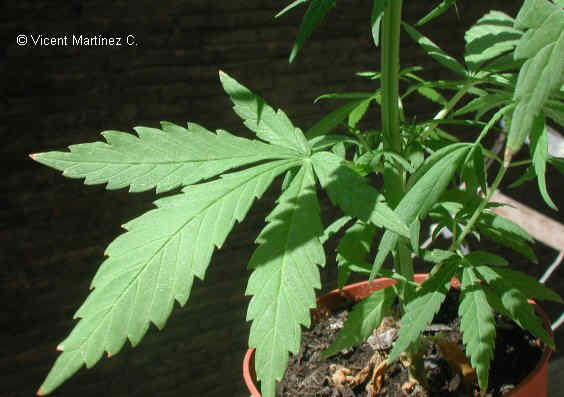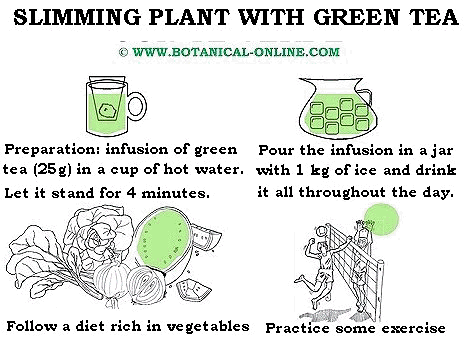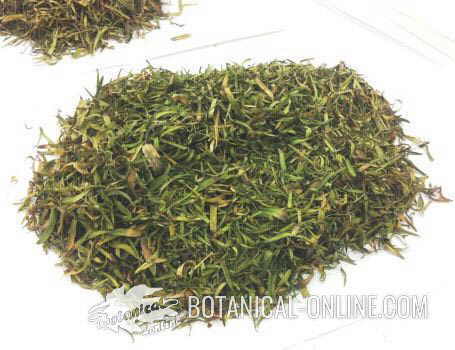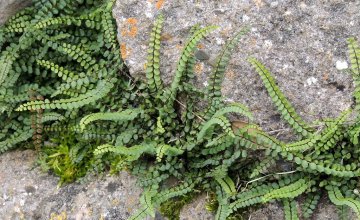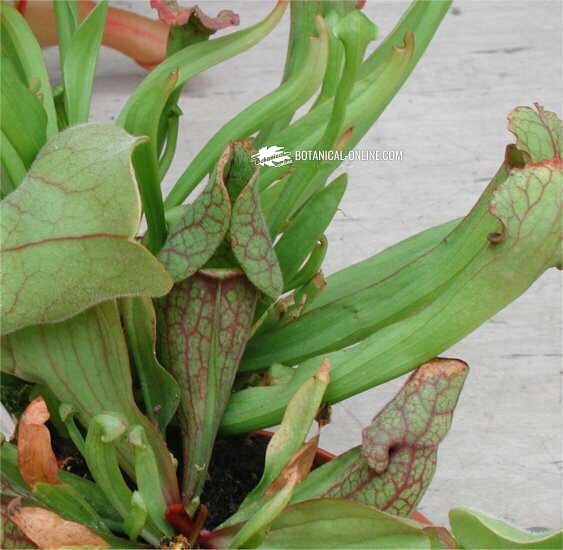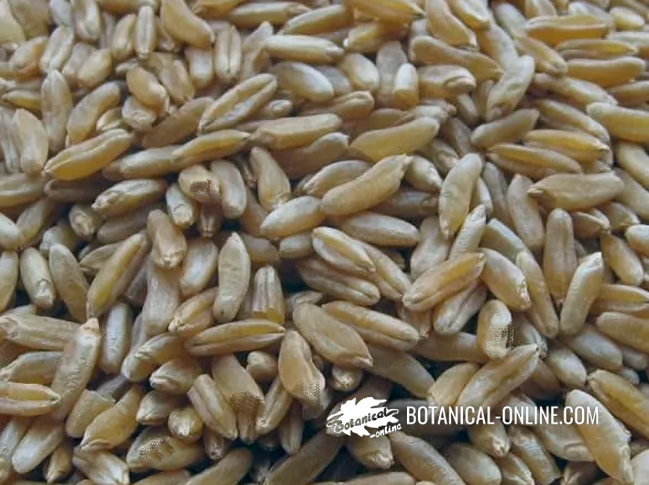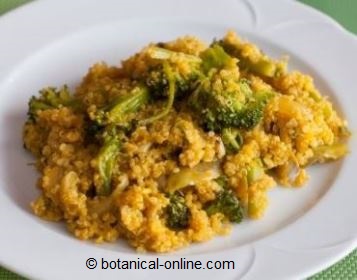Contents
Health benefits of red clover (Trifolium pratense L.)
Characteristics of red clover
RED CLOVER (Trifolium pratense L.)
A detail of the plant with the flowers and the leaves |
Common noun: Red clover
Scientific noun: Trifolium pratense L.
Family: Pea family – Papilionaceae
Habitat: In meadows and grassland. Cultivated as fodder.
Description of red clover
Perennial plant of the Pea family – Papilionaceae – up to 60 cm. Erect, hairy stems. Trifoliate leaves with tree ovate leaflets shortly petiolated, light green above with a white spot; whitish below. Triangular stipules. Pink flowers, not so frequently white, till 1,5 cm long in inflorescences till 3 cm wide. In meadows and grassland.
Picking-up and storing red clover
Its leaves and flowers will be picked up in summer. They should be dried in the shade and stored in a dry and somber place inside sacks or glass containers.
Components of Red clover
– Acids: ascorbic, salicylic, caffeic (flowers) oxalic,
– Genistein (plant)
– Choline (plant)
– Eugenol (flower)
– Formononetin (flower)
– Flavonoids (dry plant)
– Amino acids: Arginine, histidine, isoleucine,, threonine, valine, leucine, lysine, methionine, serine (plant) niacine, thiamine (flower) glutamic acid (plant)
– Fiber (plant)
– Minerals: Calcium, potassium, Phosphorus, magnesium, manganese, selenium, chrome, cobalt, sodium, iron (flower)
MEDICINAL PROPERTIES OF RED CLOVER
INTERNAL USE
– Cancer: Recently this clover has been studied as a resource to combat cancer. It seems that genistein impedes or diminishes the cancerous tumors, especially among the smokers and, mainly among pipe smokers, prone to develop mouth and tongue cancers. Genistein is a component that can be found, apart from this plant, in others as the peanuts or the soya.
Therefore the infusions of this plant or eating foods that contain genistein seems to be a good way to impede the development of this illness or to prevent its appearance. (Infusion of an a spoonful of dry leaves for cup of water. A couple of cups a day. Before swallowing, it is convenient to carry out some mouthwashes) (Topical applications with a poultice made with the juice of the leaves applied on the affected area.)
Warning: Many studies advocate the non-use of clover in cancer cases because of phytoestrogens to which some patients are sensitive. Therefore, it is essential to consult with your doctor or specialist before starting treatment with clover in cancer patients.
– Respiratory tract: Red clover constitutes an useful expectorant in breathing affections. It protects the mucous of the breathing apparatus, helping to expel mucus and exercising a soothing function against the spasms, so that it is very useful in the irritation of the lungs that bronchitis produces or to calm cough. (Infusion of an a spoonful of dry leaves for cup of water. A couple of cups a day.)
– Menstruation painkiller and relief in the menopause: For its content in formonotenin, a vegetable phytoestrogen, red clover regulates the hormonal imbalance that takes place during menstruation and, especially, in menopause, helping to alleviate the pains that usually accompany it, as well as other secondary factors that the lost of the menstruation produces (suffocation, throbs, headache, etc).
It equally seems to influence in delaying the process of decalcification and the heart problems that accompany menopause, just as it has been demonstrated in studies carried out on the use of extracts of this plant. (Infusion of an a spoonful of dry leaves for cup of water. A couple of cups a day.)
It may be useful for the treatment of endometriosis (Infusion of a teaspoon of dried leaves per cup of water. A couple of cups a day.)
– Metabolism: It has got soft diuretic properties to be used to treat problems like obesity, or rheumatic illnesses, as the arthritis or gout. (Infusion of an a spoonful of dry leaves for cup of water. A couple of cups a day.)
EXTERNAL USE
– Skin: Used externally it possesses astringent properties which are useful in the treatment of illnesses of the skin, as eczemas, or in wounds that present difficulties in their cure. (Clean the area affected with the infusion of an a spoonful of dry leaves for cup of water) This same property can be used to treat inflamed or aching eyes or to combat the irritation or itchiness that ocular affections generate, as in conjunctivis.
Red clove as edible plant
Red clover is a wild plant that can be eaten. Its tender leaves can be used in salads or cooked, contributing with a very big quantity of minerals, especially calcium, potassium and magnesium and amino acids. The dry flowers and seeds can be used to flavor bread. Some old people even watered the wild fields so that they could increase its production.
– Fodder: It is a plant that, in the variety Trifolium pratense L. var. sativum, is used as fodder to produce hay. It is very useful in agriculture because its cultivation enriches the soil where it is cultivated by adding nitrogen to it. The plant is able to capture the atmospheric nitrogen and to fix it in its radical nodules.
– Melliferous plant :Beekeepers choose the proximities of clover fields, especially those of white flower that is the favorite of the bees, to place their beehives, since these insects produce a thick flavorous honey with the flower of this plant.
Toxicity of Red clove
The phytoestrogens that the plant contains seem to be responsible for cases of sterility or congenital malformations, dwarfism or deformations in the hips in livestock that pastured almost exclusively of this grass. Cases of swelling are quite frequent in animals that graze on this type of grass.
The amount of phytoestrogens to be be ingested when this plant is used in human phytotherapy does not seem to be enough as to present toxicity problems. However, because of its content in coumarins and salicylic acid, its use can favor blood thinning and facilitate bleeding, so that a non prolonged intake is recommended, especially when one is taking other anticoagulants.
![]() More information on red clover.
More information on red clover.

